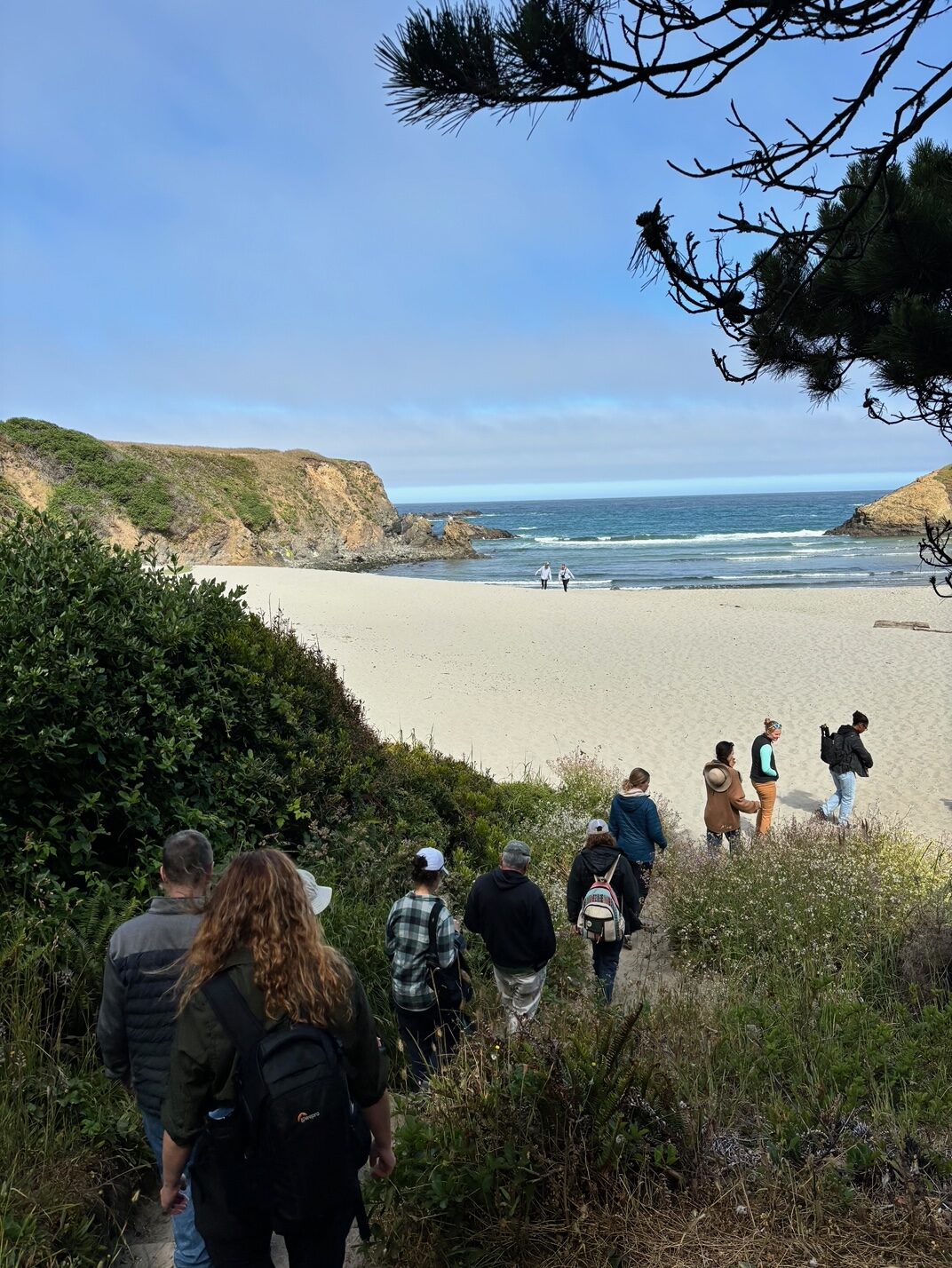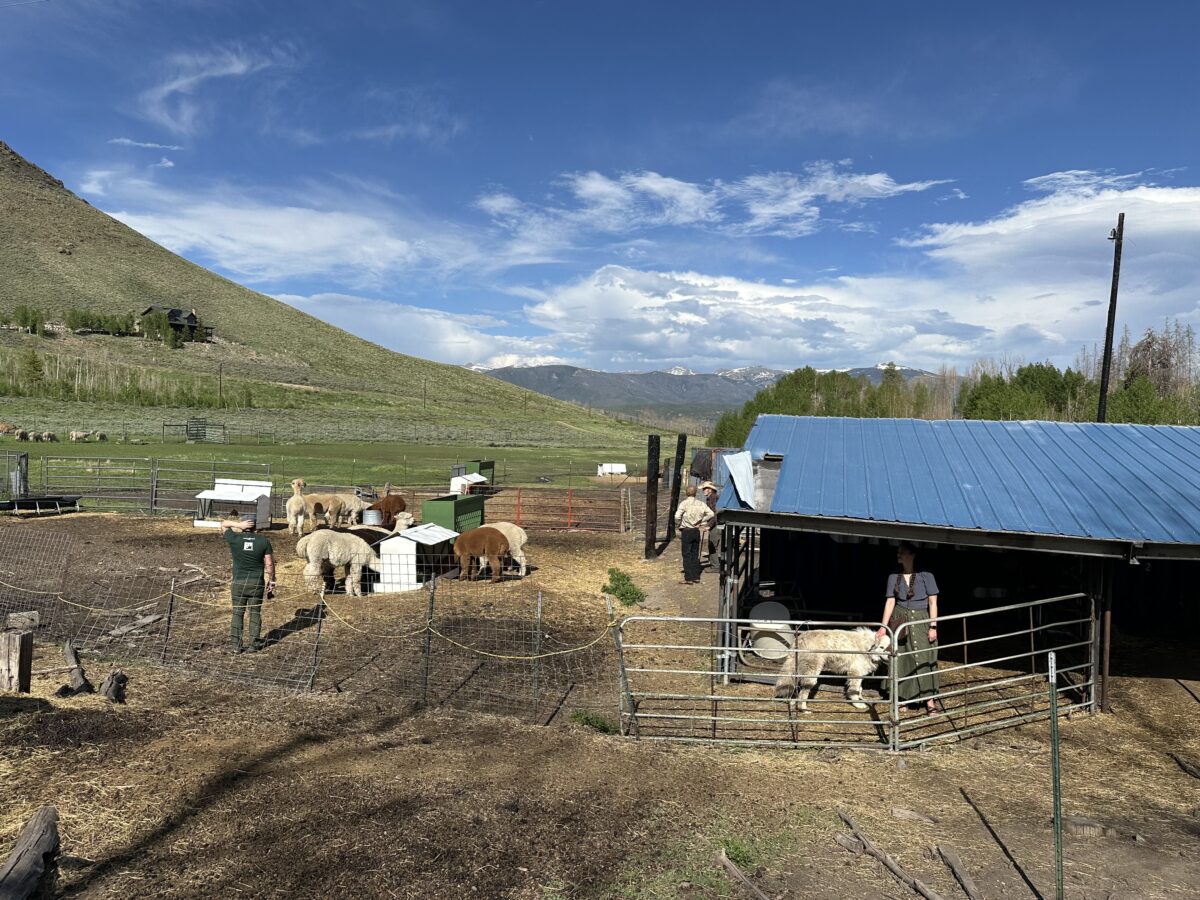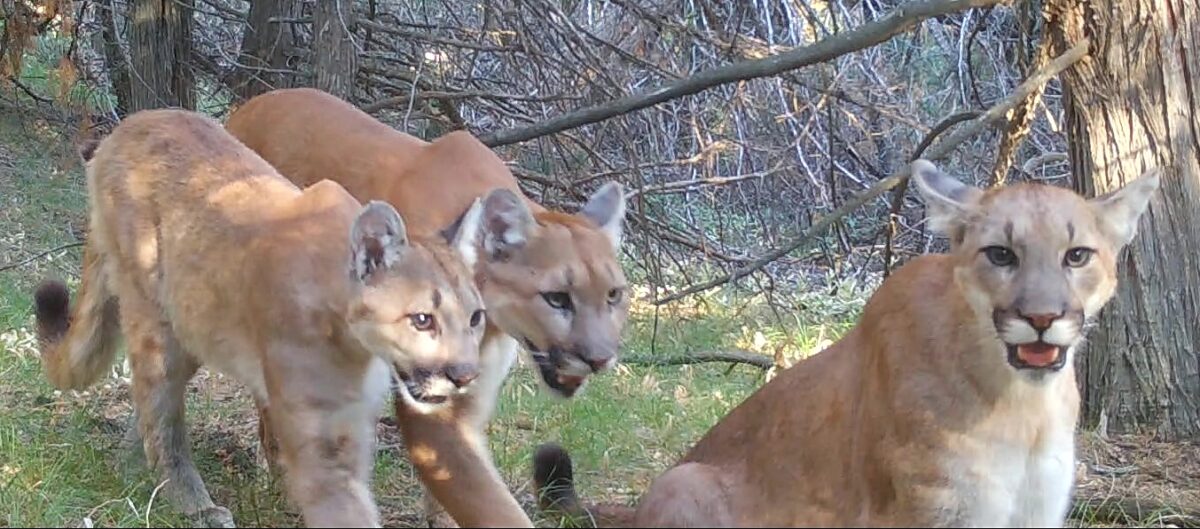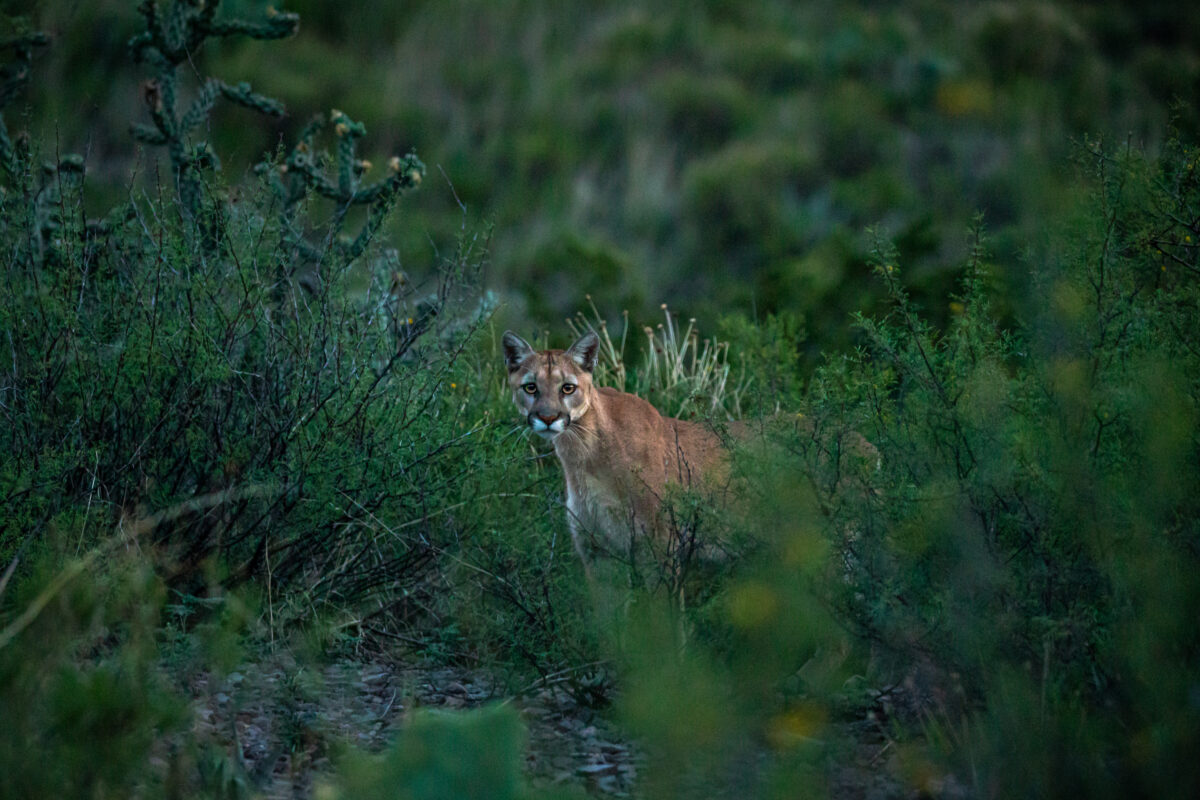Hari Viswanathan describes his experience as a camera trapper, and the challenges of mountain lion conservation in New Mexico.
by Paige Munson
All images are courtesy of Hari Viswanathan
Hari Viswanathan was never a stranger to wildlife. His parents were born in India, and Hari in the United States. The family traveled to photograph wildlife all over the world on safari. But it wasn’t until years later in the Los Alamos, NM community after a harrowing encounter in his backyard that Hari began to truly see the wildlife around him — through his camera lens.
Hari’s tragic first encounter with a mountain lion
Getting an early jump on his Christmas Eve morning in 2011, Hari let the dog out. He went about his routine in the dark, when he heard his dog shrieking from the yard. Something had grabbed onto his dog’s head through the fence and was attempting to pull his pet through.
In a panic, Hari grabbed his snow shovel and attempted to beat the animal off of his dog, to no avail. In the dark, he assumed he must be missing the animal as it felt like hitting a rock. Unsure of what to do, he woke his wife, and they called the police. The police arrived, and in the morning light, saw that the animal was a mountain lion. The cautious officer waited to speak with the New Mexico Department of Game and Fish (NMDGF) before acting. The mountain lion was waiting on the opposite side of the fence, to take its kill once the people left. Since the mountain lion was lingering, NMDGF instructed the officer to shoot the lion.
Learning more about the mountain lion and the incident
Hari was devastated, not only by the loss of his dog but also by the loss of an animal he respected. Hari says, “So that was sad for us too, because the cougar got killed, our dog was dead and you know, it was kind of like a disaster.” Looking back on the event, Hari says “You just shouldn’t leave your pets out in the morning when it’s not light out, especially when you live on a canyon. It is sort of a dumb thing now when we look back, but at the time it wasn’t really a thing. So then what happened was based on that lack of knowledge” Hari isn’t the only person to be faced with coexistence challenges first-hand.
Mountain lion expert Kenneth Logan visited the site and autopsied the lion. He expected the lion to be scrawny, maybe even starving, to venture so close to humans. However, this cat was the opposite. He was a large tom, that had seen many tough years already, with an old bullet and dozens of porcupine needles lodged in his flesh. Despite these scars, the lion was in excellent condition. They theorized that he was probably the dominant male in the area.
The first camera trap opens up a new perspective
After his experience, the scientist and wildlife enthusiast in Hari wanted to find out more about what was happening in his backyard. “So, we just set up those quick, cheap game cameras that were like in black and white and everything to just see what was coming back on our house which happens to be on a canyon.” Before long, Hari was looking at the wildlife he shares his yard with. Hari met with a wildlife photographer visiting the area, and they devised a game plan to capture even better images. He started using motion sensors and his DSLR camera to start taking amazing images of the wildlife.
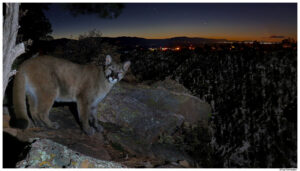
Camera trapping quickly turned into a big hobby for Hari. In the decade since that first mountain lion encounter, camera trapping has allowed him to see beautiful animals on a regular basis that people travel the world to see. “We’ve got them right here. We’re going to see them all the time,” Hari says, “We were like wow, there’s foxes, ringtails, raccoons, bobcats, mountain lions, bears, all these things visiting the lily pond. And we had no idea that was all happening because it was all happening at night.”
Living on the wildland-urban interface
Hari’s home of Los Alamos is famous as the home of the Manhattan Project, where nuclear weapons were first developed. After World War II, the town evolved into a major hub for scientists and their work. The city sits atop four mesas surrounded by steep canyons. This creates a sharp contrast between the developed city on top of the mesas and the complete wilderness in the canyons below. It’s a textbook example of a wildland-urban interface.
Life along the urban interface presents its own challenges as a community. According to Hari, large wildfires thinned forests near Los Alamos. This has left room for shrub growth, that supports deer populations. As a result, the deer population has boomed. Many of these deer share the mesa with the city of Los Alamos.
Learning the patterns of the local mountain lions
Hari says that since there have been more deer, the mountain lions have been showing up on his cameras a lot more. As the deer population has grown so has the mountain lion population. “I think we have a healthier population of deer, and they’re just everywhere. So, I think it’s really good for cougars.”
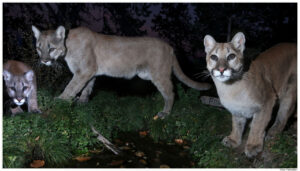
Hari started to see mountain lions on a regular basis, learning their patterns. “I think they have this whole place figured out, because there’s canyons that connect everything and then the houses are all on mesas on the top of the canyons, right? But I think what they do is they just basically pick stuff off and then the deer are all on top of the mesa. That’s where people have planted the kind of stuff they like to eat or there’s scrub oak and all that. So, I think the cougars are mostly staying in the canyons and patrolling them [the mesas] and then they go back down [to the canyons].”
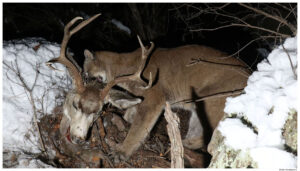
The resident mountain lions
Hari’s camera trapping has allowed him to get to know some of the lions in the area. One charismatic cat that Hari saw frequently ruled the Los Alamos area. The cat was enormous and scarred likely from fights to maintain his territories. Hari named him Big Boy. Another visitor to the area was aptly named Torn Ear. Torn Ear was collared for a research project nearby. Very few of the nearby collared lions ever ventured near Los Alamos. The scientists on the project noticed that Torn Ear rarely went into the canyons directly near Los Alamos but did make quick ventures on occasion. After talking with Hari, they realized that Big Boy must be the dominant male. “He (Torn Ear) was just sneaking in when Big Boy wouldn’t.”
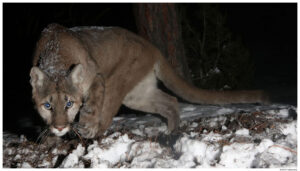
Continued human-wildlife conflict
Unfortunately, Big Boy took an interest in unattended dogs in yards as well. After killing a pet husky, NMDGF killed Big Boy. According to Hari, the male lions are the ones most likely to be involved in conflict. Hari says, “It feels like both male and female are around, and the males are a lot more daring and likely to get in trouble. It’s not a statistical sample.”

Which kinds of lions are involved in conflict, is a major question in human conflict research. Several hypotheses exist regarding which group is more likely to conflict with people: females with dependent young, young dispersing males, or male lions, or perhaps all are equally likely to be involved. Continued observations such as Hari’s help inform questions asked by researchers in reducing conflict with mountain lions.
Hope for future coexistence and healthy mountain lions
Despite recent conflicts, Hari believes coexistence is going well in Los Alamos, “I mean, yes, there were two killed in the last year, but that was a bad year. You can go years without anything happening.” Hari believes his fellow community members are willing to do what it takes to live with wildlife.
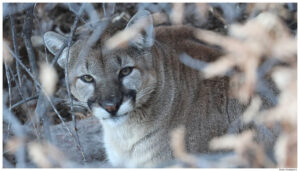
Looking back on his first, somewhat traumatizing, encounter with a mountain lion, Hari says, “I still think it was a pretty eye-opening thing. And I still to some extent feel like, let’s make something good out of all of that.” Hari is doing just that. Over the years, Hari has captured hundreds of images of mountain lions near Los Alamos and has become involved with monitoring work with his camera skills in the wildlands in his region. At the Bandelier National Monument, Hari was invited to place his cameras at kill sites for GPS collared cougars for the NPS Large Mammal Monitoring Project. Hari continues to write articles on mountain lions and advocates for them in his community.



 Facebook
Facebook Twitter
Twitter Send Email
Send Email